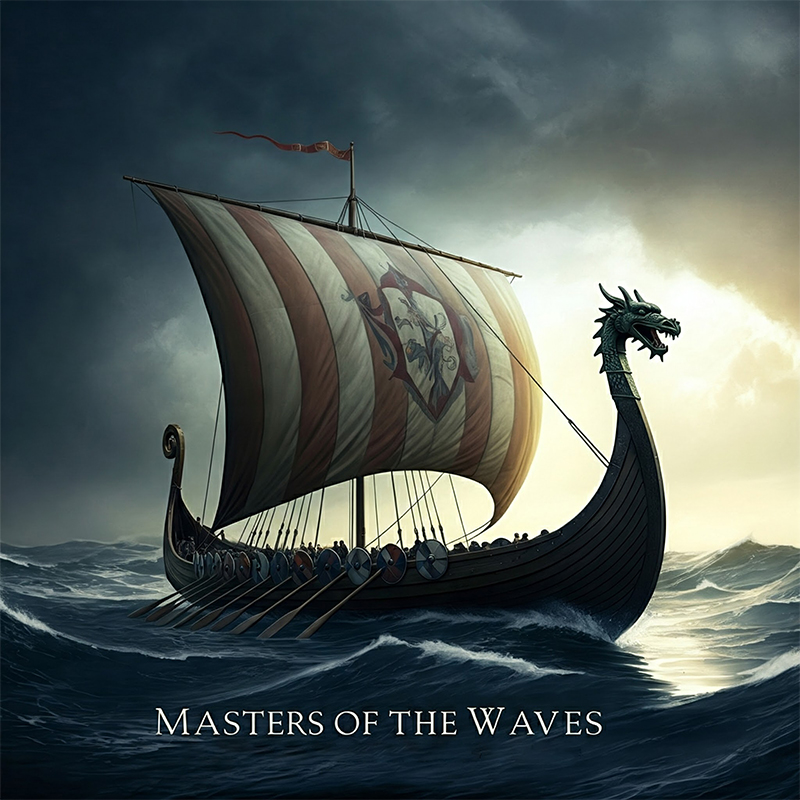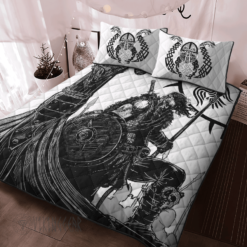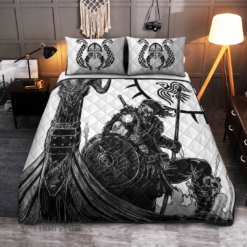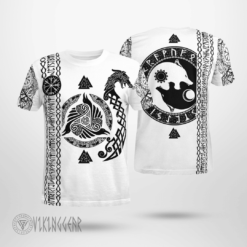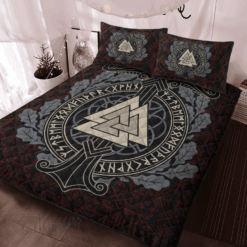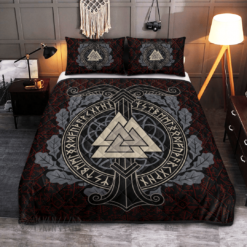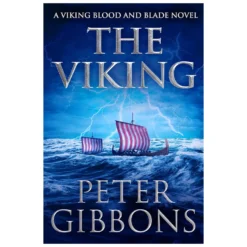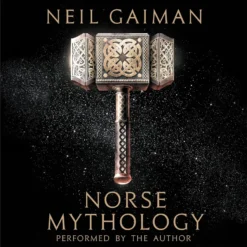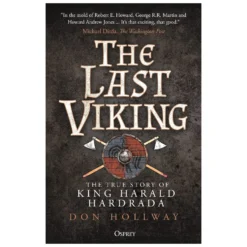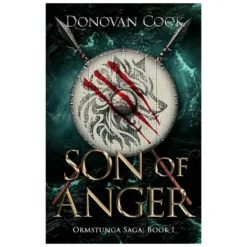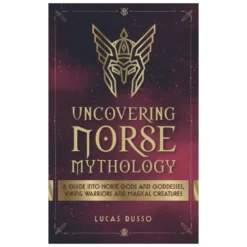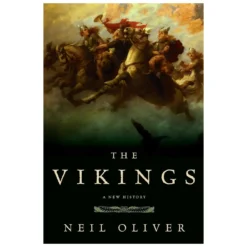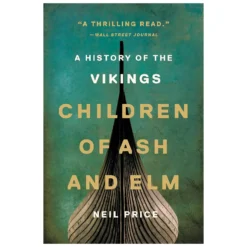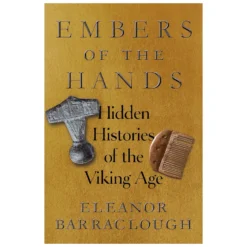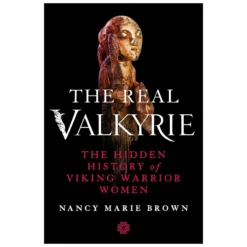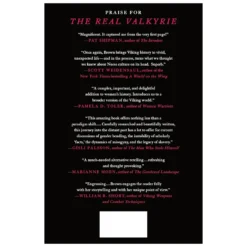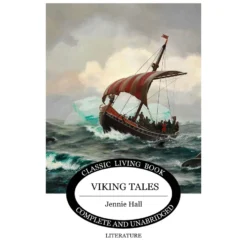Viking Blog
Masters of the Waves: Unveiling the Vikings’ Seafaring Secrets
The North wind howls across the stormy sea. Waves rise like colossal walls of water. Yet, a long, slender ship cuts through the waves at great speed amid the raging storm. On deck, Viking warriors with flaxen hair and steely gazes unfurl their sails. They embrace the elements. They are the children of the sea, masters of the ocean. They have navigational skills far ahead of their time.
1. The Longship: A Serpent of the Sea
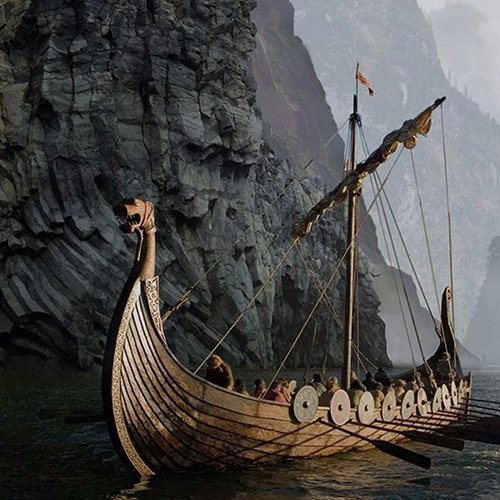
Imagine you are Ragnar Lothbrok, the fearless Viking king. You stand at the helm of your longship. Your vessel, sleek and swift as a serpent, slices through the waves at breathtaking speed. Massive oars, powered by the might of dozens of warriors, propel the ship forward. You feel the raw power of the ocean, the unity of your crew, and the burning desire to conquer new lands.
The longship was more than a vessel. It was a symbol of the Viking spirit: courageous, adventurous, and free. They built it using the clinker technique. They fastened overlapping oak planks together. It was both lightweight and very strong. It could withstand fierce storms. It could navigate shallow waters and land on beaches.
The longship’s symmetrical design let it reverse without turning. This was vital in sea battles. This skill let Leif Eriksson reach Vinland, 500 years before Columbus. It showed the Vikings’ advanced seafaring skills.
2. Sunstone: Navigating by the Light of Crystals
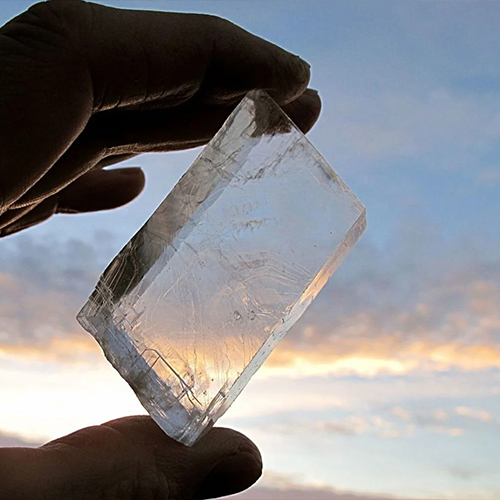
In the vast expanse of the open ocean, without a compass, how did the Vikings find their way? The secret lies in the sunstone, a unique crystal. It is Iceland spar. It can polarize sunlight.
Picture yourself as a Viking navigator sailing through a thick fog. The clouds hide the sun, making it impossible to determine direction. But you have no fear, for you have a sunstone. You raise the crystal, rotating it until the light passing through becomes uniform. And like magic, you’ve found the sun’s position!
The Vikings were expert navigators. They used the sunstone, a crystal that showed the sun’s position even on cloudy days. They used their knowledge of the stars, currents, and birds to cross the North Atlantic. It let them reach Iceland, Greenland, and North America centuries before other Europeans.
3. Celestial Navigation: Guided by the Stars
At night, the star-studded sky became a vast map for the Vikings. They knew astronomy well. So, they used the stars to guide their journeys. They relied on Polaris, the North Star, and Ursa Major to find their latitude and direction.
They knew the seasonal changes in the night sky. They used the sun’s position and daylight length to estimate their location. This knowledge let them plan long voyages. They could cross thousands of miles of open ocean without fear of getting lost.
4. Open-Ocean Exploration: Facing the Unknown
The North Atlantic, with its storms and icebergs, was a tough challenge for any seafarer. Yet, the Vikings, with their courage and skills, conquered these perilous waters.
They relied on both the sunstone and the stars. They observed the color of the water, wind patterns, and even the scent of the air to predict weather changes. They learned to read the waves, to understand the language of the sea.
Erik the Red, who named Greenland, discovered it. He survived a storm by interpreting the signs of the sea. He led his people to a new land, forging a new chapter in Viking history.
5. Teamwork: The Strength of the Crew
On a Viking ship, every member played a vital role. They collaborated as if they were a single, cohesive organism. Strong rowers, skilled helmsmen, and watchful lookouts made their voyages a success.
The Vikings knew their strength came from their skills and weapons. But it also came from their unity and trust in each other. They faced storms, fought battles, and shared victories together.
6. Knarrs: The Workhorses of the Sea
While the longship symbolized war and conquest, the knarr embodied trade and prosperity. Imagine a large, sturdy vessel laden with precious cargo from across the world. This was the knarr, a merchant ship. It allowed the Vikings to build trade networks from Europe to the Middle East and Central Asia.
Unlike the sleek longship, the knarr was wider and deeper, designed to carry heavy loads. Reinforced thick oak planks protected valuable goods from the sea. A large sail characterized knarrs. They designed it to harness the wind for long voyages.
Viking merchants used knarrs to transport many goods. These included furs, amber, timber, ivory, and even slaves. They brought the North’s treasures to trade with other civilizations. They returned with gold, silk, spices, and new ideas.
The knarr’s voyages brought wealth to the Vikings. They also exchanged culture with other nations. Ideas, customs, and art spread across Europe and beyond, thanks to these sturdy vessels.
Conclusion: A Legacy of Exploration
The Vikings’ seafaring legacy is a testament to human ingenuity and adaptability. Their superior ships, advanced navigation, and strong community made them legendary. They were great explorers, warriors, and traders. They pushed the limits of the known world. They left a lasting mark on seafaring history.
The Vikings were more than fierce raiders. They were courageous explorers, shrewd merchants, and masters of the sea. Their story is an epic saga of conquest and discovery. It is a testament to the human spirit and innovation against the vast, unforgiving ocean.

